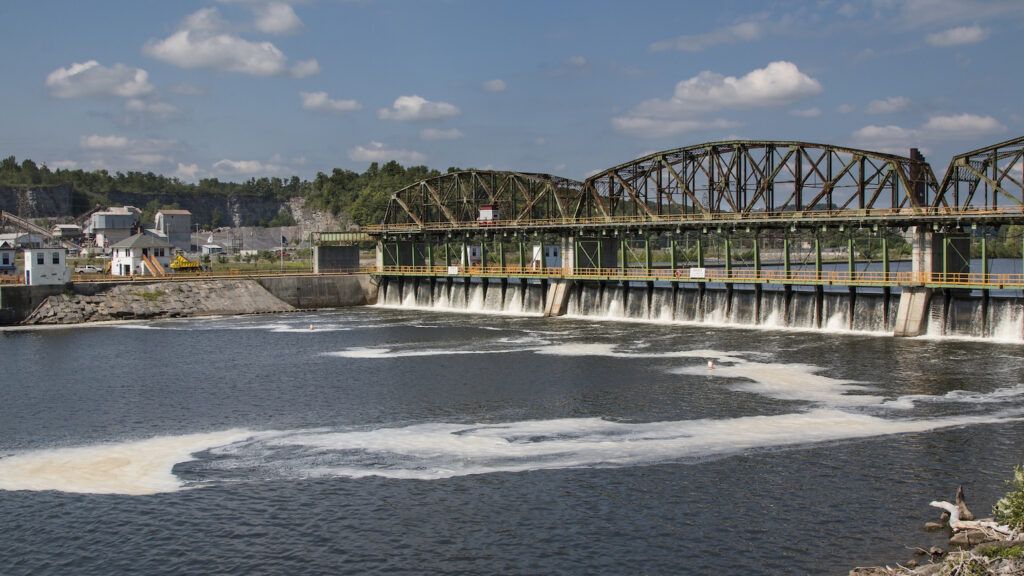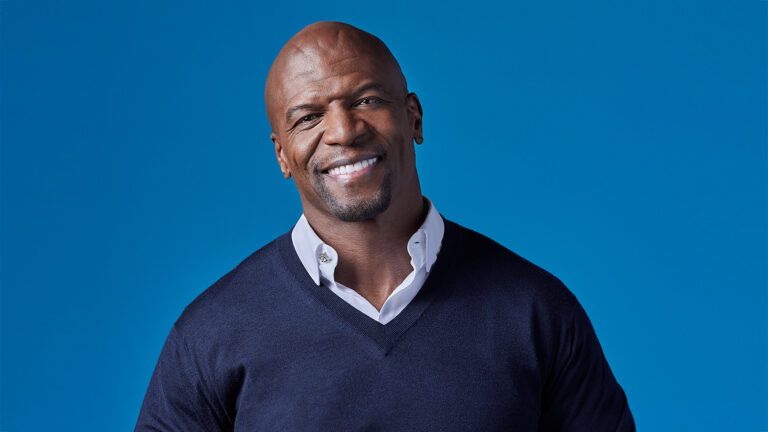Two hundred years ago, on July 4, 1817, workers began digging the Erie Canal. It took tireless laborers another eight years to finish it, but when it opened it transformed America. And the chief engineer of the project was a relative of mine.
All at once, goods could travel by boat from the vast interior of the country. They could go from the Great Lakes, cross a huge stretch of New York State and then travel down the Hudson River to New York City. Thanks largely to the Erie Canal, New York grew into a bustling metropolis, doubling in size the next succeeding decades.

There were people who became engineers. People like my great-great-great-great-grandfather Benjamin Wright. Over a hundred years after his death, he was declared the “Father of Civil Engineering” by the American Society of Civil Engineers.
He was originally just a surveyor in upstate New York and a judge used to settling boundary disputes. Because of his first-hand knowledge of the region he became involved in the project.
I can’t begin to imagine the challenges those newly created engineers faced. The idea of the canal had been ridiculed for years. “Clinton’s Folly” it was called because of DeWitt Clinton, the governor of New York who green-lighted the project. Thomas Jefferson said it was “a little short of madness.”
But madness and folly happened and by October 1825, the Canal was opened for boat traffic. It was a huge undertaking and very expensive but when it was finished it cut down the expense of bringing cargo from Midwest to the East Coast by 95 percent.
Which makes it one of the original disrupters.
When I look at the musty portrait of my ancestor Benjamin Wright I don’t see much in the way of family resemblance. (Maybe in the nose?) And I certainly didn’t get any of his prowess at math or engineering. (I consider it an achievement to change a light bulb.)
But the quality I would like to model is his can-do attitude. What people said couldn’t be done, he made happen. You don’t need an ancestor for that. You just need some faith and willingness to step out and take a risk.
My middle name is Wright for Benjamin. From now on, I’m taking it to mean “Can Do.”





